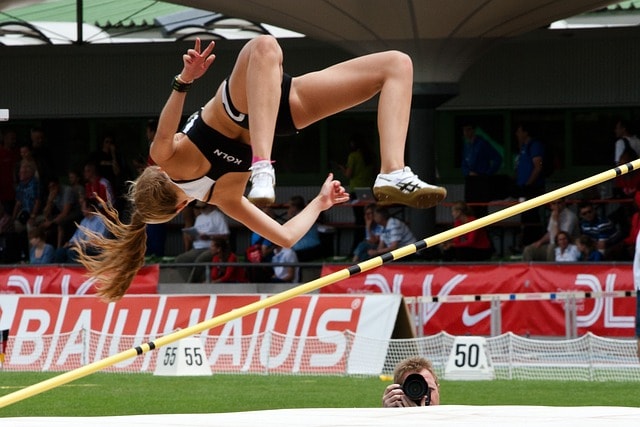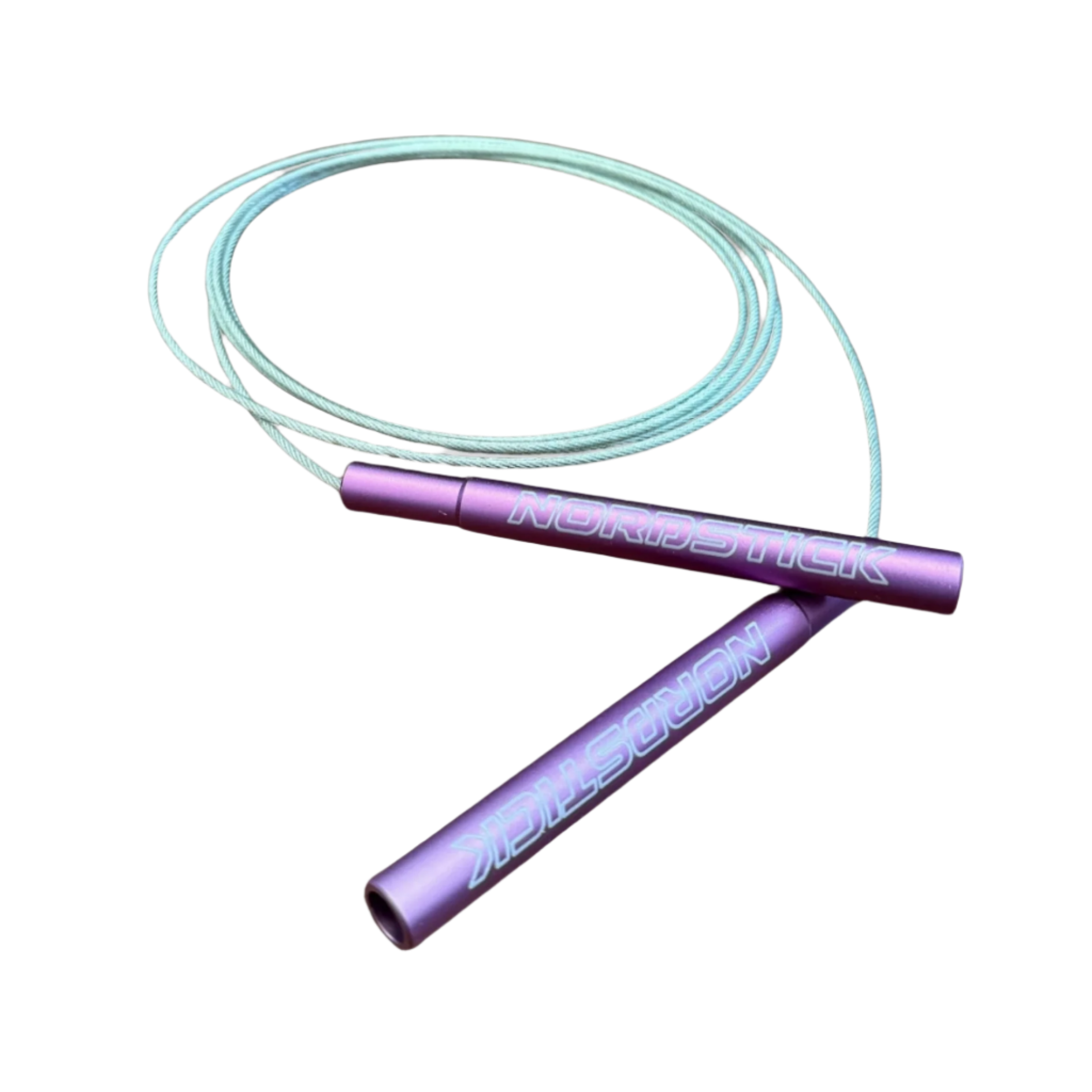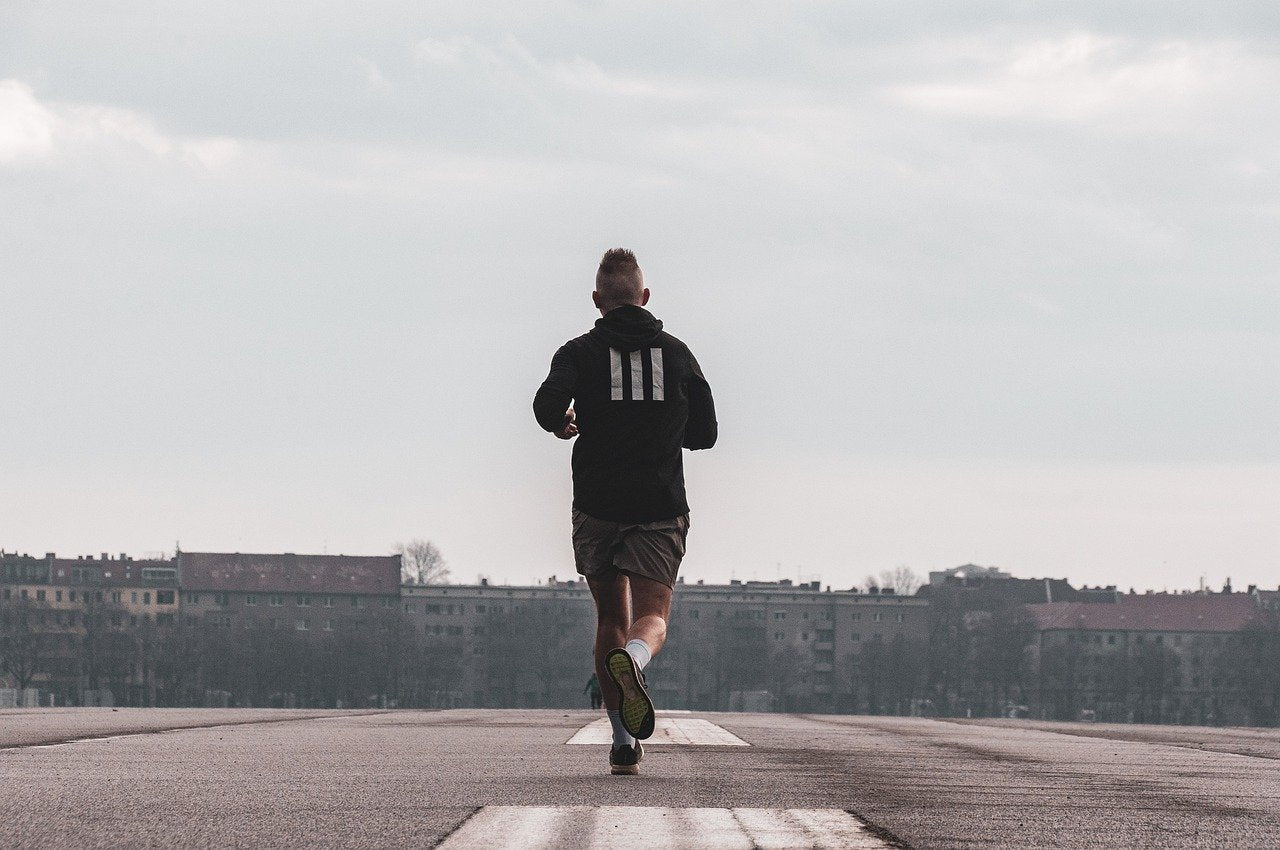How high can the average person jump? This seemingly simple question opens a world of possibilities for fitness enthusiasts and athletes alike. While the average vertical jump height might seem unimpressive to some, there's a wealth of techniques and exercises that can help you soar above the statistics.
From Multi Slider ab rollouts to glute ham curls, a variety of targeted workouts can significantly boost your vertical leap. In this guide, we’ll explore these exercises and share practical tips to improve your jump height, making it achievable for anyone looking to enhance their athletic performance. Whether you're a basketball player aiming for a slam dunk or simply someone looking to jump higher, we’ve got you covered with actionable advice and encouragement.
Key Takeaways
- Exceed the average vertical jump: While the average person can jump 16-20 inches, targeted strength and plyometric training can help you significantly improve your vertical leap.
- Focus on explosive power: Exercises like squats, box jumps, and lunges build the explosive leg strength needed to boost your jumping height beyond the average.
-
Consistency is key: Regular training, proper form, and gradual progression will help you beat the statistics and achieve higher jumps over time.

Understanding Vertical Jump Height
How High Can the Average Person Jump?
The average vertical jump height for most people varies depending on several factors, such as age, gender, and fitness level.
On average, men tend to jump between 16 to 20 inches, while women average around 12 to 16 inches. This difference is often attributed to muscle mass and body composition. However, these numbers are not set in stone.
With targeted vertical jump training, individuals can improve their jumping ability significantly. Techniques such as depth jumps and box jumps enhance the explosive power needed for a good vertical jump.
By focusing on lower body exercises, like squats and lunges, you can increase your leg strength and overall jump height. Remember, the goal is not just to measure your vertical leap but to enhance your athletic performance across various sports.
Measuring Vertical Jump Height
Measuring vertical jump height is straightforward and can be done with minimal equipment. The most common method is the vertical jump test, which involves standing next to a wall, reaching up to mark the highest point you can touch while standing flat-footed. This is your standing reach.
Next, jump as high as you can and mark the highest point you can touch at the peak of your jump. The difference between these two measurements is your vertical jump height.
The goal is to track your progress over time, so consistency in measurement technique is crucial. Regularly measuring your jump height can help you adjust your training regimen to focus on areas needing improvement, ultimately leading to better performance and higher jumps.
Practical Applications Beyond Sports
Enhanced jumping ability is indicative of overall lower body strength and power, which can benefit daily life activities. For instance, better leg strength can make tasks like climbing stairs, lifting heavy objects, and even maintaining balance easier and safer.
Additionally, vertical jump training can improve cardiovascular fitness and metabolic health due to its high-intensity nature. For those in physically demanding professions, such as firefighters or military personnel, having a good vertical leap can be crucial for performance and safety.
Moreover, jump training can be a fun and engaging way to diversify your workout routine, keeping you motivated and consistent in your fitness journey. Therefore, the benefits of vertical jump exercises extend far beyond the basketball court or track field, contributing to a healthier, more capable body in various aspects of life.

Improving Your Vertical Jump
Vertical Jump Exercises
To improve your vertical jump, incorporating specific exercises into your workout routine is essential.
Start with the Multi Slider ab rollout, which strengthens your core and enhances overall stability.
Push-ups are another fundamental exercise that builds upper body strength, aiding in the force exerted during a jump.
Glute ham curls focus on strengthening the hamstrings, a key muscle group for explosive jumps.
Reverse lunges are excellent for targeting the lower body and improving balance.
Mountain climbers provide a high-intensity cardiovascular workout that boosts leg power and endurance.
Cossack lunges enhance flexibility and strength in the legs, contributing to better jumping mechanics.
Adding depth jumps and box jumps to your regimen can dramatically improve your explosive power and reaction time. Consistent practice of these vertical jump exercises will lead to noticeable improvements in your jump height, making you a more dynamic and capable athlete.
Training Tips for Jumping Higher
To maximize your vertical jump potential, follow these key training tips. Firstly, focus on proper form. Ensure your knees are aligned with your toes and avoid bending forward excessively. This helps to generate more upward force and reduces the risk of injury. Secondly, incorporate plyometric exercises like depth jumps and box jumps to develop explosive power. These exercises train your muscles to exert maximum force in short bursts, crucial for a good vertical leap. Thirdly, strengthen your lower body with exercises like squats and lunges. Building muscle mass in your legs will provide the necessary power for higher jumps. Additionally, don't neglect your core. A strong core stabilizes your body during jumps, leading to better control and height. Finally, ensure adequate recovery time between workouts. Overtraining can lead to fatigue and injuries, hindering your progress. By following these tips, you'll be well on your way to jumping higher and improving your overall athletic performance.
Picking the Right Equipment for Better Results
Integrating the right equipment into your vertical jump training can yield impressive results.
The NordStick Pro, for instance, is designed to enhance hamstring strength, crucial for explosive jumps. By anchoring your feet and performing glute ham curls, you can target the muscle groups that contribute significantly to your vertical leap.
The Multi Slider is another versatile tool that supports a variety of exercises like ab rollouts and mountain climbers, both essential for core stability and leg strength.
Using OmniBands during resistance training exercises, such as squats and lunges, adds an extra layer of intensity, helping you build more strength and power in your lower body.
These products are designed to be easily incorporated into home workouts, making them convenient for those with busy schedules. By consistently the right equipment, you can enhance your training regimen, leading to significant improvements in your vertical jump height and overall athletic performance.
Conclusion
Improving your vertical jump height is achievable with the right exercises, techniques, and tools.
By understanding the basics of vertical jump height and regularly measuring your progress, you can tailor your training to address specific areas for improvement. Incorporating a mix of strength training, plyometric exercises, and core stability exercises will build the necessary power and control for higher jumps.
Additionally, using the right equipment can enhance your workout regimen, making your training more effective and convenient.
Whether you're an athlete looking to improve your performance or someone aiming to boost your fitness level, following these guidelines will help you jump higher and achieve your goals. Remember, consistency is key, and with dedication, you can beat the average vertical jump statistics and reach new heights in your athletic development.









































Leave a comment
This site is protected by hCaptcha and the hCaptcha Privacy Policy and Terms of Service apply.